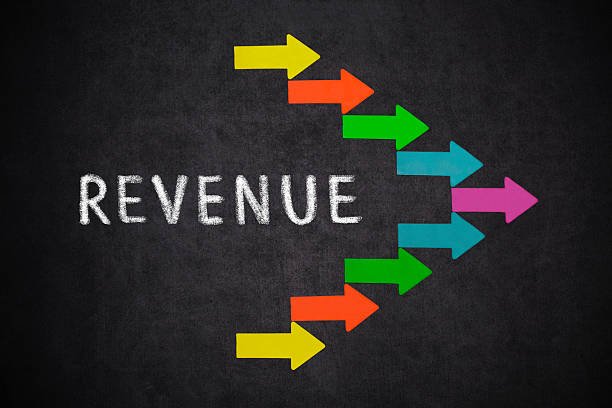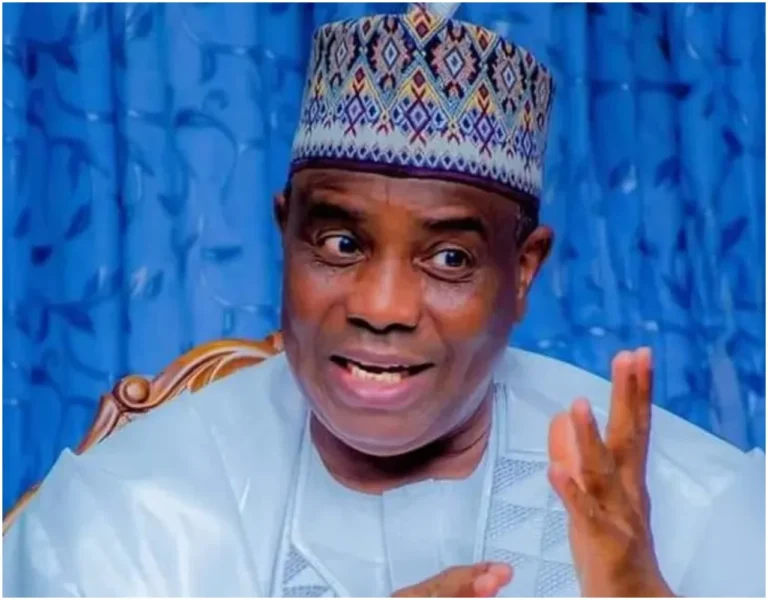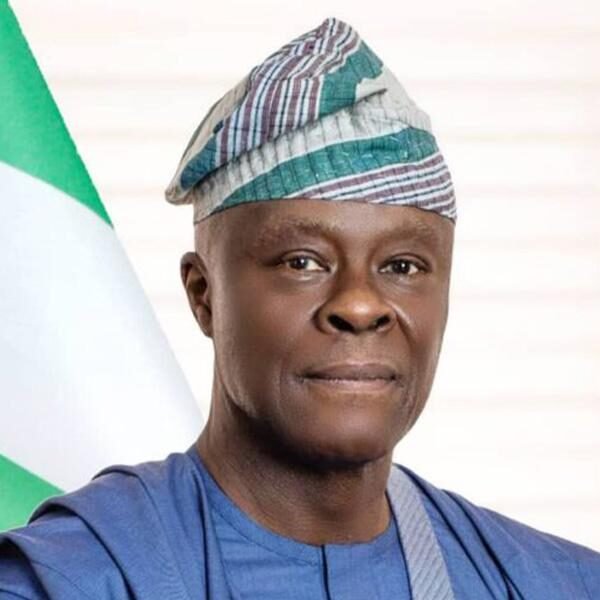Nigeria’s revenue-generating capacity at the subnational level surged significantly in 2024, with the 36 states and the Federal Capital Territory collectively generating ₦3.6 trillion in Internally Generated Revenue (IGR), according to the National Bureau of Statistics (NBS).
The latest Internally Generated Revenue at State Level 2024 Report, published on Monday via the agency’s official X handle, represents a striking 49.7% jump from ₦2.43 trillion in 2023, underscoring a broad improvement in fiscal performance across the federation.
Lagos State cemented its position as Nigeria’s financial hub, topping the 2024 IGR chart with ₦1.26 trillion. The amount places Lagos far ahead of every other state, accounting for more than one-third of total subnational revenues.
Also Read:
- Federal Government Phases Out Remita, Introduces TMRAS for Enhanced Revenue Collection
- Federal Government Eyes N36.35 trillion Revenue Target
- Aviation Unions Want to Retain 70% of IGR, Clashes With Federal Government Over Revenue Allocation
- Debt servicing consumes 74% of Nigeria's federal revenue in Q1 2024
This performance reflects the state’s diversified tax base and robust economic structure driven by commerce, real estate, and service industries.
Rivers State followed distantly with ₦317.30 billion, while the Federal Capital Territory (FCT) secured the third spot at ₦282.36 billion.
These three territories alone generated nearly half of the nation’s IGR, highlighting the growing fiscal gap between Nigeria’s economic centers and less industrialized states.
Ogun State ranked fourth with ₦194.93 billion, reinforcing its growing industrial profile, while Enugu State surprised many observers by clinching the fifth position with ₦180.50 billion. Delta State came sixth with ₦157.79 billion, followed by Edo (₦91.15 billion), Akwa Ibom (₦75.77 billion), Kano (₦74.77 billion), and Kaduna (₦71.57 billion).
The dominance of southern states in the upper tier reflects a sustained concentration of tax-generating businesses in the southern and central regions, particularly those with developed manufacturing and service economies.
However, northern states such as Kano and Kaduna maintained respectable placements due to their large populations and growing informal sectors.
According to the NBS, the IGR data comprises two broad categories, Tax Revenue and Ministries, Departments, and Agencies’ (MDAs’) Revenue. Taxes include Pay-As-You-Earn (PAYE), Direct Assessment, Road Taxes, Stamp Duties, Capital Gains Tax, Withholding Taxes, Other Taxes, and Local Government Revenues.
PAYE was the dominant source, contributing ₦1.86 trillion or 69.84% of total tax revenue, reflecting the heavy reliance of states on formal sector wages. In contrast, Capital Gains Tax was the least contributor at ₦10.57 billion, revealing the still limited scale of asset-based taxation across Nigeria.
States such as Kwara (₦71.20 billion), Bayelsa (₦64.01 billion), Jigawa (₦59.46 billion), Oyo (₦65.29 billion), and Osun (₦54.77 billion) filled the middle ranks, pointing to incremental improvements in tax compliance and administrative reforms. Further down, Cross River (₦47.02 billion), Anambra (₦42.69 billion), and Abia (₦40.01 billion) demonstrated steady fiscal performance despite structural limitations.
At the bottom of the table, Yobe recorded the lowest IGR at ₦11.08 billion, followed by Ebonyi with ₦13.18 billion and Kebbi at ₦16.97 billion. The figures underscore persistent revenue disparities among states, reflecting differences in industrial development, population density, and administrative efficiency.
The 2024 figures reaffirm the vast fiscal inequality within Nigeria’s federal system. Lagos’s ₦1.26 trillion revenue haul dwarfs that of 20 states combined, exposing the concentration of economic activity in a few regions. This imbalance continues to pose a challenge for equitable national development and underscores the urgency for structural economic diversification across states.
Experts suggest that stronger tax reforms, investment-friendly policies, and digitized revenue systems could enhance fiscal autonomy, particularly for states heavily dependent on federal allocations. With IGR serving as a key indicator of financial resilience, the widening revenue gap between top-performing and lagging states remains a pressing issue in Nigeria’s path to sustainable economic federalism.

























